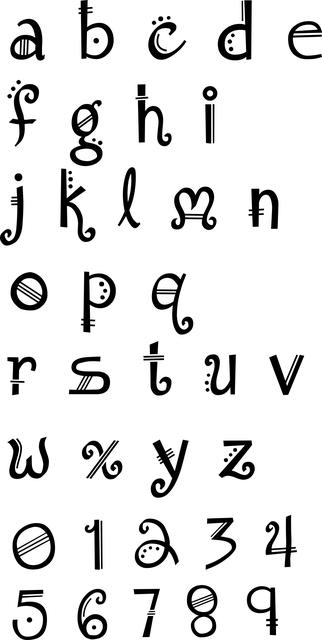Imagine your brain as an artist, standing confidently in front of a blank canvas. In one hand, a palette filled with vibrant colors, in the other, a variety of brushes, each with a potential to create a unique masterpiece. Everybody’s painting would look different, even though they all possess the same set of tools. This, my friend, is the fascinating world of learning; a world bursting with creativity, in which everyone holds their own unique painting tool – their individual learning style. Just as artists apply distinctive brush strokes, we all learn in different ways. Welcome to an exploration of personalized palettes, where every learning style paints a different picture of understanding onto the canvases of our minds. Understanding your unique learning style can be a game-changer in obtaining academic success. Everyone learns differently, and certain strategies that work for some may not be as effective for others. There are various learning styles, including auditory, visual, and kinesthetic. An auditory learner tends to remember things that they hear, a visual learner prefers to see or read the information, while a kinesthetic learner learns best by doing or experiencing something physically. It’s about finding what works for you and applying it to your study practices.
In the context of classroom engagement, appreciating different learning styles is essential. Engaged students are more likely to absorb the material, participate in class discussions, and perform better academically. Here are some tips on how to tailor your learning techniques to your style:
- Auditory learners: Record your lectures and replay them back or try verbal repetition.
- Visual learners: Use graphs, charts, and color-coded notes to visualize information.
- Kinesthetic learners: Engage in interactive activities, such as lab experiments or role-plays.
The ultimate goal is to empower learners through the optimization of their styles. No style is superior to another; they simply reflect different ways of processing information. Recognizing your learning style is the first step. The next is to use methods that complement it for more effective learning.
| Auditory techniques | Visual techniques | Kinesthetic techniques |
|---|---|---|
| Discuss concepts with peers | Draw mind maps or diagrams | Use physical objects or models |
| Listen to educational podcasts | Watch instructional videos | Conduct experiments |
| Use music or audiotapes | Use flashcards with visuals | Act out scenarios |
As we wrap up the exploration of learning styles, we embrace a universe of possibilities. Each mind is an enigma, and the tremendous variety of ways we process information illumines the beauty of human cognition. Whether you walk through the world as an auditory, visual, or kinesthetic learner- or perhaps find yourself standing in the spectrums betwixt- remember there is no ‘better’ or ‘worse’ style. It is all remarkably tailored to you and your unique way of understanding the world.
So, embark on a quest of discovery. Discern your learning style, appreciate it, and nurture it. Implement strategies that complement your strengths. Undoubtedly, there will be challenges, but there will also be that ecstatic moment of ‘understanding,’ a feeling of being in harmony with oneself.
In the grand symphony of learning, there’s a melody for everyone; we only need to listen. So next time, when the strains of a complex problem or a challenging concept start building, remember, the ‘song’ will always resonate within you. Decode it, dance to it, and make the world your classroom.















